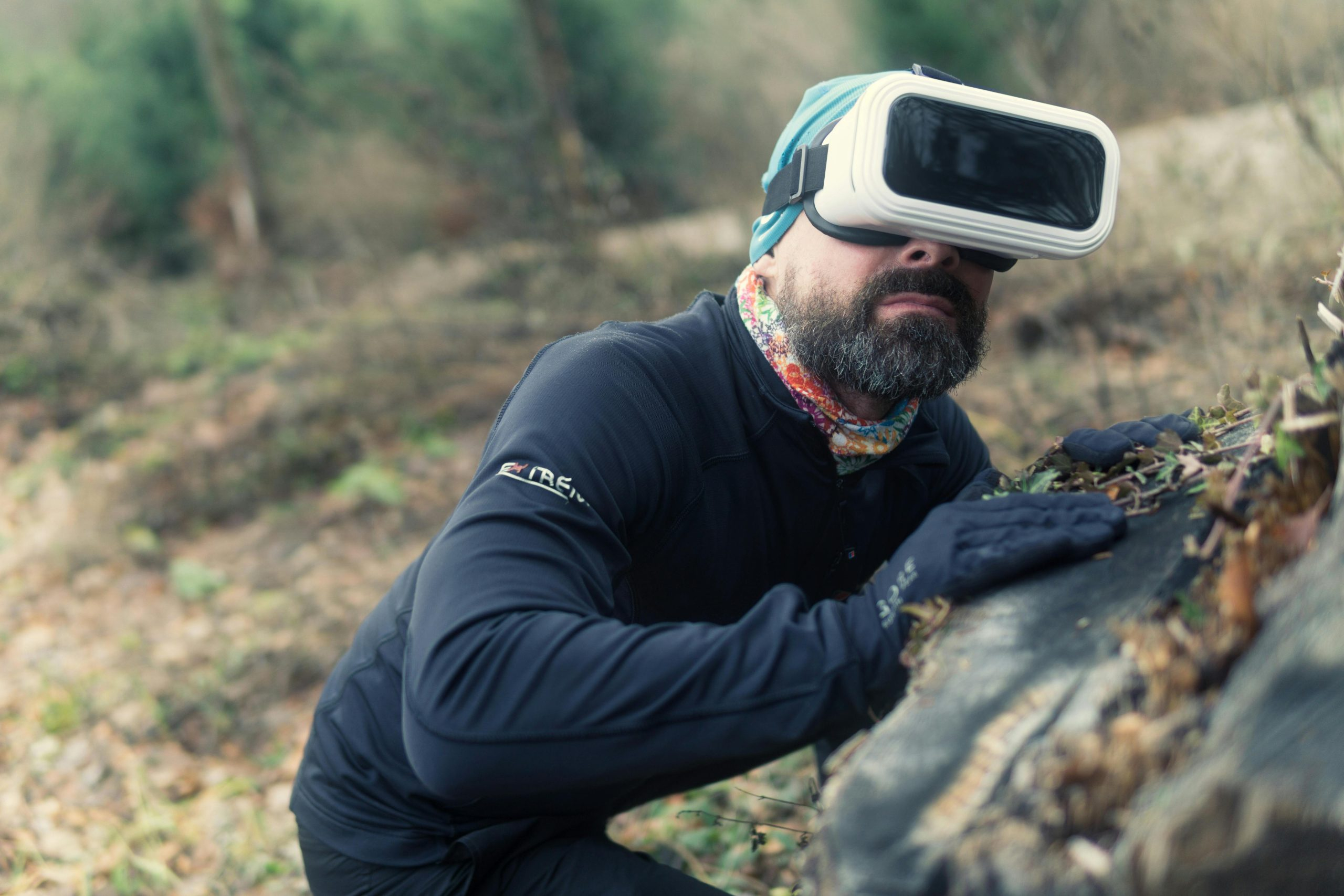Virtual Reality Field Trips: Exploring Ancient Rome in Class
In today’s fast-paced digital world, traditional methods of teaching are quickly becoming a thing of the past. With advancements in technology, educators are constantly looking for innovative ways to engage their students and enhance their learning experience. One of the most exciting and rapidly growing technologies in the education space is virtual reality (VR). In this article, we will explore the use of VR in the classroom, specifically delving into the fascinating topic of Virtual Reality Field Trips and how they are transforming the way we explore ancient civilizations, such as Ancient Rome.
The Power of Virtual Reality in Education
Virtual reality has been making waves in various industries, including gaming, healthcare, and even architecture. However, its potential in the education field is often overlooked. By creating an immersive and interactive learning environment, VR has the ability to provide students with a more engaging and memorable learning experience.
Studies have shown that VR can improve students’ focus and retention of information. As opposed to traditional methods of teaching, VR allows students to fully immerse themselves in the learning material, making it easier for them to understand and effectively retain information. Additionally, it caters to different learning styles, making it a valuable tool for educators to engage all students in the classroom.
The Rise of Virtual Reality Field Trips
Field trips have long been a staple in education. They provide students with a hands-on learning experience that cannot be replicated in the classroom. However, many schools face challenges when it comes to organizing field trips – they can be costly, time-consuming, and require careful planning. This is where virtual reality field trips come in.
With VR, students can travel through time and space without ever having to step out of the classroom. They can explore different parts of the world, experience different cultures, and even journey back in time to ancient civilizations, such as Ancient Rome.
Exploring Ancient Rome in Class with VR
The history of Ancient Rome is a fascinating topic that has captured the imagination of students for generations. With VR, students can now explore Ancient Rome like never before. They can walk through the streets of the ancient city, visit famous landmarks like the Colosseum and the Pantheon, and even interact with virtual characters to learn about the daily life of ancient Romans.
By experiencing Ancient Rome in a virtual environment, students can gain a deeper understanding and appreciation for the culture and society of that time. They can also actively engage with the material, which can be especially beneficial for students who may struggle with traditional methods of learning.
The Benefits of Virtual Reality Field Trips
Apart from providing students with an immersive and interactive learning experience, virtual reality field trips have many other benefits. They are cost-effective, as schools no longer have to worry about transportation, admission fees, or other expenses associated with traditional field trips. They also save teachers time, as they no longer have to spend hours planning and organizing a trip.
Additionally, virtual reality field trips are accessible to all students. They can be used for students with disabilities or those who are unable to participate in physical field trips due to personal or health reasons. This ensures that all students have the same opportunity to learn and explore different cultures and experiences.
Incorporating Virtual Reality in Education
Virtual reality field trips are just one of the many ways VR can be incorporated into education. From science and history to geography and art, the possibilities are endless. As VR technology continues to evolve, it will become an essential tool in the classroom, transforming the way students learn and providing them with valuable skills for the future.
It is important to note that VR should not be used as a replacement for traditional teaching methods, but rather as a complement to enhance the learning experience. By combining traditional teaching with VR, educators can create a comprehensive and engaging curriculum for their students.
In Conclusion
Virtual reality field trips are revolutionizing the way we explore and learn about ancient civilizations, such as Ancient Rome. By providing students with an immersive and interactive learning experience, VR is transforming education and making it more accessible to all students. As the technology continues to advance, we can only imagine the endless possibilities it will bring to the classroom.
So, the next time you’re planning a lesson on Ancient Rome, consider taking your students on a virtual field trip. Who knows, they might just surprise you with their newfound knowledge and enthusiasm for history!










